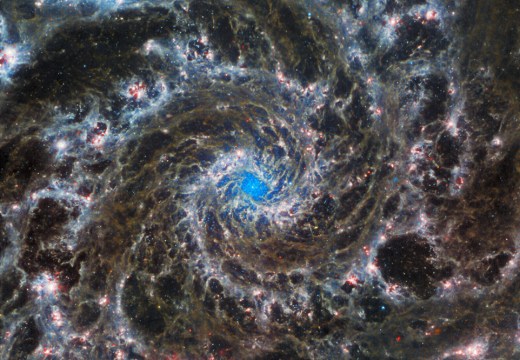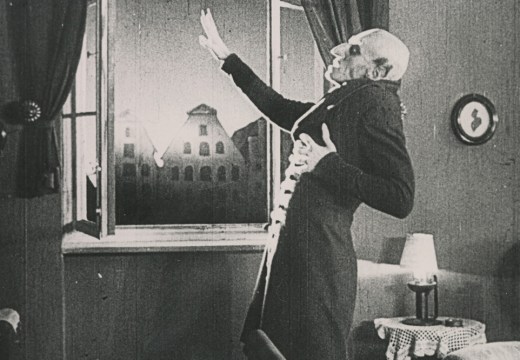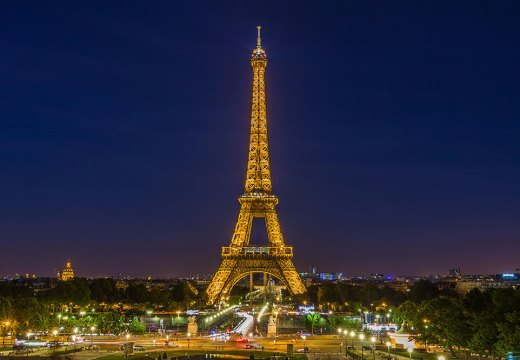From the 31 August to 3 September at the Tårup Dark Sky Festival – a new event of Nordic art, science, performance and music in Denmark – artists, performers, authors, biologists, astronomers and stargazers came together to ponder the myriad mysteries presented by the night sky. The venue, Kunstrum Fyn, is an interdisciplinary art space on a former pig farm run by curator Helga-Marie Nordby and visual artist Crispin Gurholt. The couple have turned the farmstead into both a family home and a cultural hub.
Tårup is a huddle of cottages close to Nyborg, the medieval seat of the Danish monarchy, on the picturesque island of Funen. Here, across a constellation of outhouses, Nordby and Gurholt orchestrated an assortment of art projects, performances and talks (as well as a pop-up bar and a camp fire). The atmosphere was one of woodsmoke and learning.
Opening the festival, the Norwegian trumpetist Nils Petter Molvaer delivered an intimate and heart-thumping midnight gig in a barn. Molvaer produces a version of jazz electronica that combines his plaintive trumpet melodies with pre-programmed pulses, pummels and pounds. Under the rafters at Tårup, the effect was unearthly: part spectral, part aquatic, as Molvaer’s spiralling brass got carried along by an undertow of beats.

Installation view of Atteljom (2023), Solveig Lonseth. Photo: Jorn Albertus
Artists adapted to the peculiarities of their farmyard gallery with interesting touches. In one building, Solveig Lonseth, an interdisciplinary artist from Oslo, presented a century-old lamp from her family farm that she has restored and disrupted with panes of coloured glass. In the gloaming of a pig shed, lit by a single candle, it gave off a spiritual light: a star for a Scandinavian manger.
In another barn, the Norwegian conceptualist HC Gilje created an immersive piece out of a grain silo. Cocooned in the tubular wooden structure as an aperture was raised and lowered above, visitors were washed over by a tidal wave of light. The Bigger Body – an interactive and entertaining performative lecture by Sidsel Christensen and Erik Medeiros – also drew participants into an immersive world through a whistle-stop narrative from DNA to the Milky Way. Sitting in a grid of chairs, entangled in a silk rope, the audience watched a video taking them down to the molecular level of the body and then back out to the vastness of the cosmos. The crescendo of the piece involved Christensen using the burlesque rope to climb into the rafters.

Installation view of Stellar Spectra (2020), Nanna Debois Buhl at Tårup Dark Sky Festival. Photo: Jørn Albertus
Meanwhile, a variety of scientists provided the facts (as they saw them). Scientists and artists are estranged ‘cousins’, noted Morten Fischer Mortensen, a biologist in the environmental archaeology department of the National Museum of Denmark. In the 19th century, he explained, these distant relatives combined their talents on expeditions: one discovering, the other rendering discoveries in oils and sketches. At Tårup, Mortensen delivered a lecture on how a series of volcanic eruptions in 536 AD turned the sky into a canopy of ash – the stars were not seen for years.
Celestial objects never cease to amaze. And, as a muse, the night sky fits the spare, secular Nordic aesthetic. In Tårup that attraction has extended to a ‘no streetlamps’ policy and an application to become only the second designated ‘Dark Sky Area’ in the Nordic region.
Light pollution was a recurring theme in the works and debates; another was the fluctuating threshold of human knowledge. Nanna Debois Buhl, a Danish artist and researcher, presented a striking video piece that collaged together archival imagery of the spectroscopy notebooks of the 19th-century astronomer Margaret Huggins. She also showed a series of speckled celestographs – camera-less nocturnes – in homage to similar works by August Strindberg.

Still from !AITSA (2023), Dane Dodds. Photo: © Dane Dodds/MED CINE
But perhaps the highlight at Tårup was !AITSA, a documentary art film by Dane Dodds about the Karoo Desert in South Africa – the site of the world’s largest radio telescope. Weaving together spectacular shots of the beautiful but arid terrain with talking heads of community leaders and astronomers, Dodds burrows into the gaps between conventional scientific thinking and the knowledge base of indigenous peoples.
Dodd’s film is a perfect illustration of the festival’s intended position at the intersection of science and art. And with two further editions already confirmed, this folksy and fascinating event is set to become a regular launchpad for conversations of a nocturnal nature.
Tårup Dark Sky Festival took place from the 31 August to 3 September.
Unlimited access from just $16 every 3 months
Subscribe to get unlimited and exclusive access to the top art stories, interviews and exhibition reviews.














![Masterpiece [Re]discovery 2022. Photo: Ben Fisher Photography, courtesy of Masterpiece London](http://www.apollo-magazine.com/wp-content/uploads/2022/07/MPL2022_4263.jpg)
It’s time for the government of London to return to its rightful home